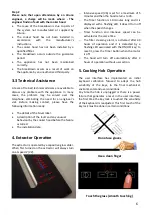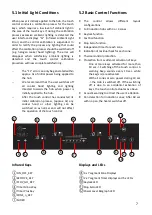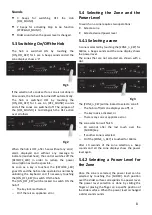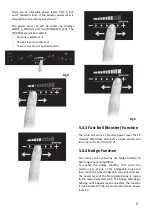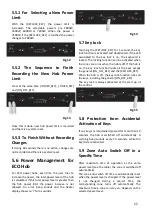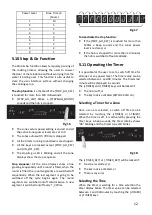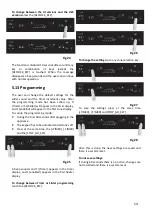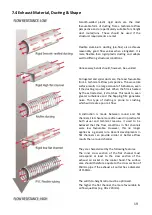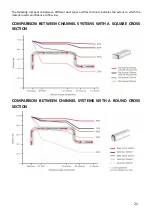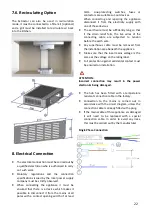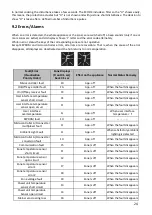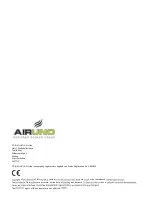
18
7.2 Information on Exhaust Air
Ducting
The planning and design of extractor ducting has a
significant influence on the airflow rate and the
noise level of the cooker hood. This is because each
component in the ducting introduces counter
pressure (frictional resistance), which leads to a
reduction in the airflow rate in the cooker hood and
increases the level of noise.
The frictional resistance within the ducting is
dependent on a number of factors:
−
Cross section of the exhaust air ducting.
−
Length of the exhaust air ducting.
−
Bends/curves in the exhaust air ducting.
−
Material and type of ducting (the material
must also be approved for use with a
cooker hood in accordance with fire
prevention regulations).
7.3 Cross Section of the Exhaust
Air Ducting
The cross section of the ducting must be adapted to
match the airflow rate of the cooker hood and the
ducting routing (length and design). A cross section
that is too narrow will result in significant losses in
the airflow rate and increase noise level. The
ventilation performance of the cooker hood is the
key factor for determining the ducting cross section.
The more powerful the ventilation performance, the
greater the ducting cross section must be.
As a rule, the larger the cross section, the less
counter pressure is created in the ducting.
The following exhaust air ducting specifications
serve as a guide:
Ø125mm for a ventilation performance of >400m
3
/h
Ø150mm for a ventilation performance of <400m
3
/h
Any reduction in the cross section of the ducting
must be avoided.
This would give rise to turbulence, which would
generate a high amount of counter pressure. The
more rapid airflow speed associated with a
narrowing in the cross section will also cause the
noise level to increase.
TIP
It is only possible to achieve a high airflow volume
and low noise level by using extractor ducting that
provides low resistance. Always use where possible
rigid ducting equivalent to 150mm.



